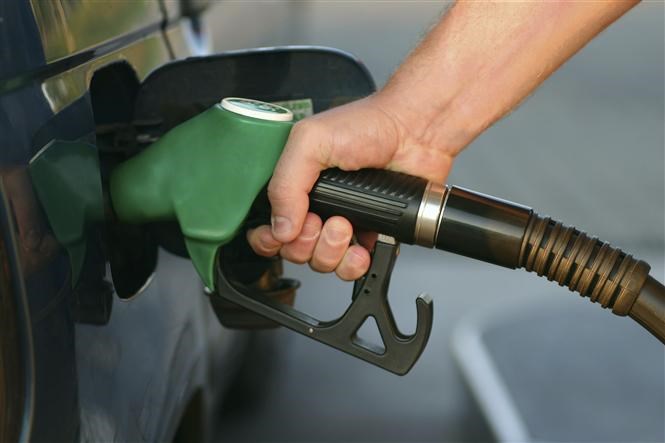We’ve all come to expect that official fuel consumption figures don’t relate to real life driving but what’s not always clear is why they are so far off the mark.
There are a number of elements which can effect a car’s fuel economy like the type of roads you drive on, weather conditions like strong wind and snow and regular car maintenance to keep your car in tip-top shape.
New research from Emissions Analytics suggests that the difference between the official fuel economy figures for new cars and their real-world results has grown to an average of 24 percent. That means for cars that produce 60mpg, you can expect to be achieving around only 45mpg.
According to the research, the efficiency gap is even greater for smaller-engined vehicles, and particularly downsized engines in larger cars. The very smallest cars are on average 36 percent below their advertised MPG.
How are the official figures calculated?
Claimed fuel consumption figures come from an official test called the NEDC (New European Driving Cycle), a procedure that has been in place for over 30 years. Manufacturers are legally obligated to carry this out and must be independently verified and approved by the testing authority.
The laboratory where the cars are tested is set to a temperature between 20-30C degrees and engines are started from cold for the tests.
Cars are loaded onto a chassis dynamometer (a rolling road) with a pre-programmed route cycle which includes periods of city driving and motorway and includes elements of idling, acceleration and braking. It lasts for nearly twenty minutes.
We usually refer to the combined fuel economy when reviewing cars as it’s the closest we can get to a benchmark over mixed driving in all types of cars. However, the test also generates the car’s CO2 emission figures and three fuel consumption figures: urban, extra urban and combined.
Why don’t they represent real world driving?
One good thing about using the NEDC cycle is that the test carried out on each car is identical so although the figures may be a little skewed, you can use the them as a gauge to compare cars against one another to find out which will be more economical.
They don’t represent real-life driving though, because during the test all of the car’s systems – like air-con, lights, heated seats, window washers and the like – are turned off to help get the best fuel consumption figures possible. On the test route there are also no traffic lights so the car doesn’t stop and start again (which uses more fuel) and there’s no luggage or passengers in the car either, adding to the car’s weight, plus no wind or hills – which could affect MPG too.
How do you improve your MPG?
Although things like air-con, weight and weather conditions all have an impact on fuel consumption. By far the biggest factor affecting MPG is driving style.
People’s driving styles vary massively and making small changes and applying eco driving techniques have been shown to help deliver considerable improvements in mpg.
Take a look at our guide to greener motoring driving for the lowdown on how to improve mpg here.
Need more advice? These articles might help
Why are CO2 emissions important





